The thing that used to make us buy specialized devices is now a part of every mobile phone. We are talking about the camera, of course. Previously, its use was focused only on blurry snapshots, now iPhones can be used to shoot commercials, music videos and feature films. It's great for regular users, a disaster for companies involved in the production of classic technology.
Mobile photography was with us even before the iPhone. After all, in 2007 it brought a very low-quality 2MPx camera, when there were much better pieces on the market. It wasn't until the iPhone 4 that it marked a breakthrough. Not that it somehow had a super sensor (it still only had 5 MPx), but the popularization of mobile photography was mainly due to the Instagram and Hipstamatic applications, which is also why the label iPhoneography was created.
It could be interest you

You can't stop progress
But a lot has changed since then, and we have moved from the applications of "deformed" images to the most faithful depiction of reality. Instagram has long since abandoned its original intention, and not even a dog barks at Hipstamatic. The ever-evolving technology is also to blame. Although one can still accuse Apple of offering only 12 MPx cameras, it knows what it's doing. A bigger sensor means bigger pixels, bigger pixels means more light captured, more light captured means better quality results. After all, photography is about light more than anything else.
Lady Gaga used her iPhone to shoot her music video, Oscar winner Steven Soderbergh used it to shoot the movie Insane with Claire Foy in the lead role. He mentioned several advantages over the classic technique – after taking a shot, it can be consulted, edited, and sent immediately. But that was 2018 and today we also have ProRAW and ProRes here. Photographic technology in mobile phones continues to advance by leaps and bounds.
Nikon in trouble
The Japanese company Nikon is one of the world's leading manufacturers of classic and digital cameras and photographic optics. In addition to photography equipment, it also manufactures other optical instruments such as microscopes, telescopes, eyeglass lenses, geodetic instruments, devices for the production of semiconductor components, and other delicate devices such as stepper motors.

However, the majority have this company, which was founded in 1917, connected precisely with professional photography. The company delivered the first SLR camera to the market as early as 1959. But the numbers speak for themselves. As reported by the website Nikkei, so already in 2015 sales of this technique reached the limit of 20 million units sold per year, but last year it was 5 million. The downward trend thus leads to only one thing - Nikon is said to no longer have plans to introduce any new generation of its SLR and instead wants to focus on mirrorless cameras, which, on the contrary, grew because they account for half of all Nikon's revenue. The reason for this decision is clear – the popularity of taking pictures with mobile phones.
It could be interest you
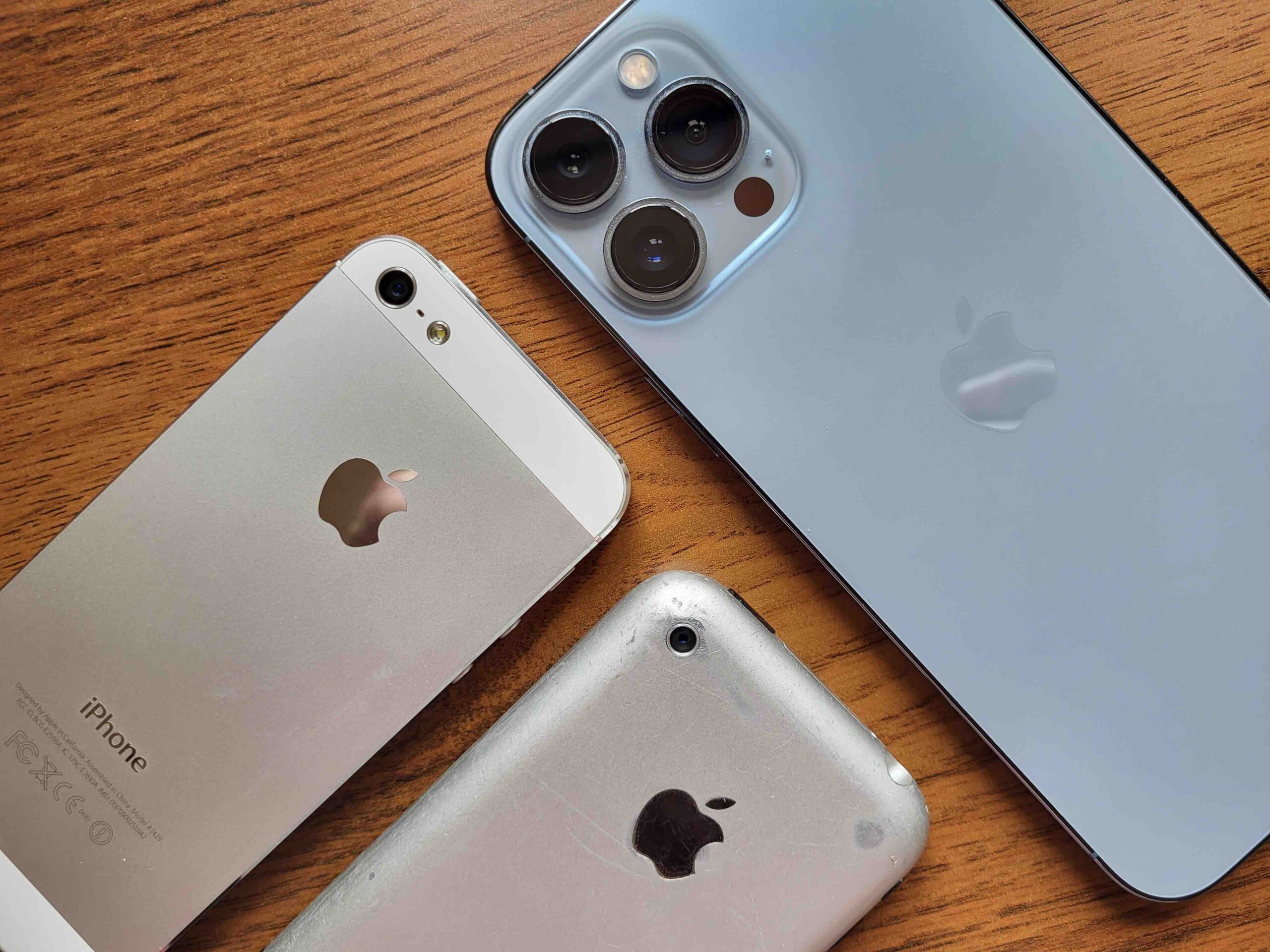
What will be next?
While the average mobile photographer might not care, the pros will cry. Yes, the quality of mobile cameras continues to improve, but they still offer too many compromises to fully replace DSLRs. There are three factors in particular - depth of field (the software one still has too many errors), low-quality zoom and night photography.
But smartphones simply have many attractions. It is one device combining many others, we always have it in our pocket, and to replace the camera for daily photography, a better product cannot be imagined. Maybe it's time for the big photography companies to enter the mobile phone market as well. Would you buy a Nikon branded smartphone?
 Adam Kos
Adam Kos 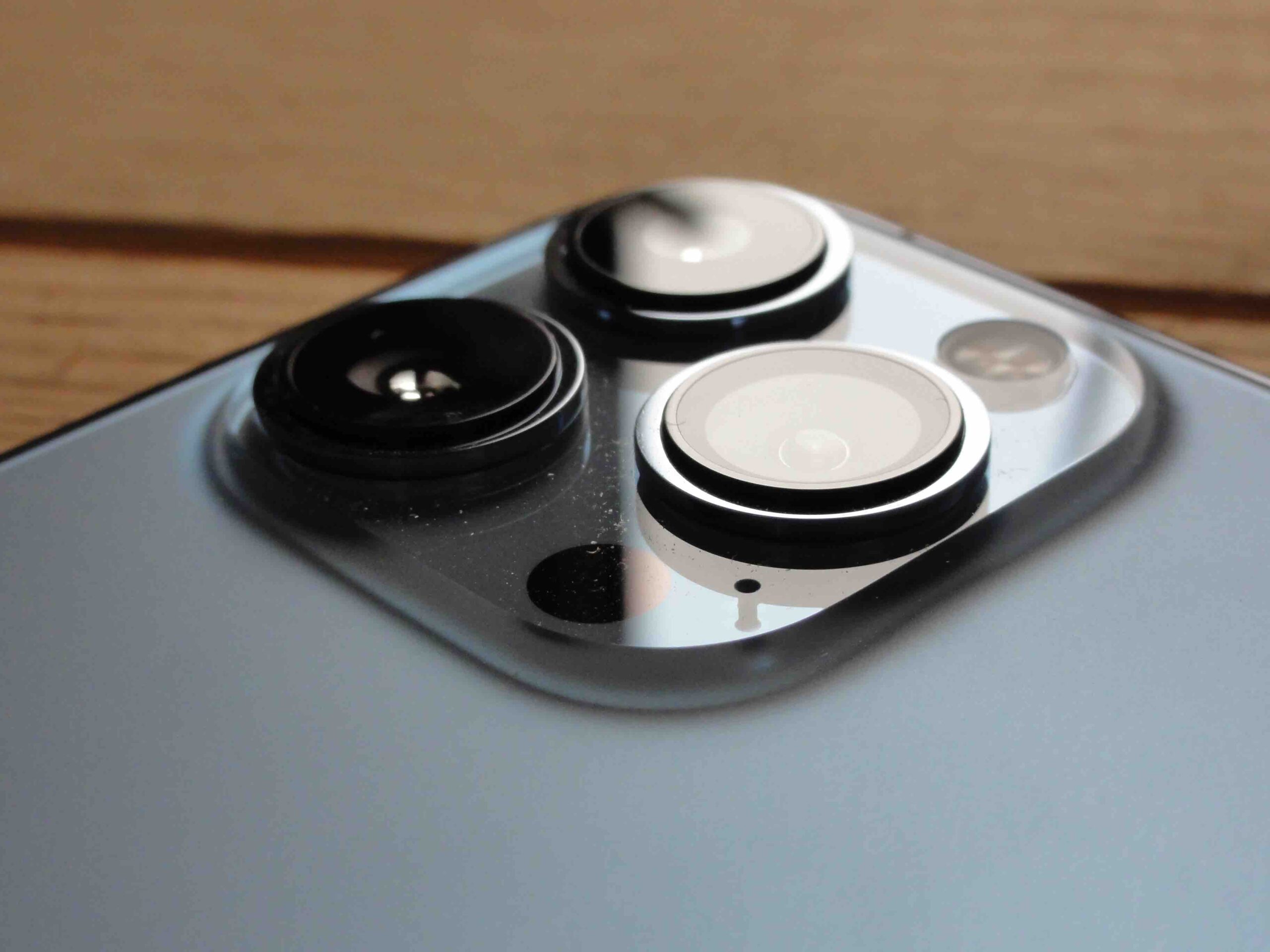


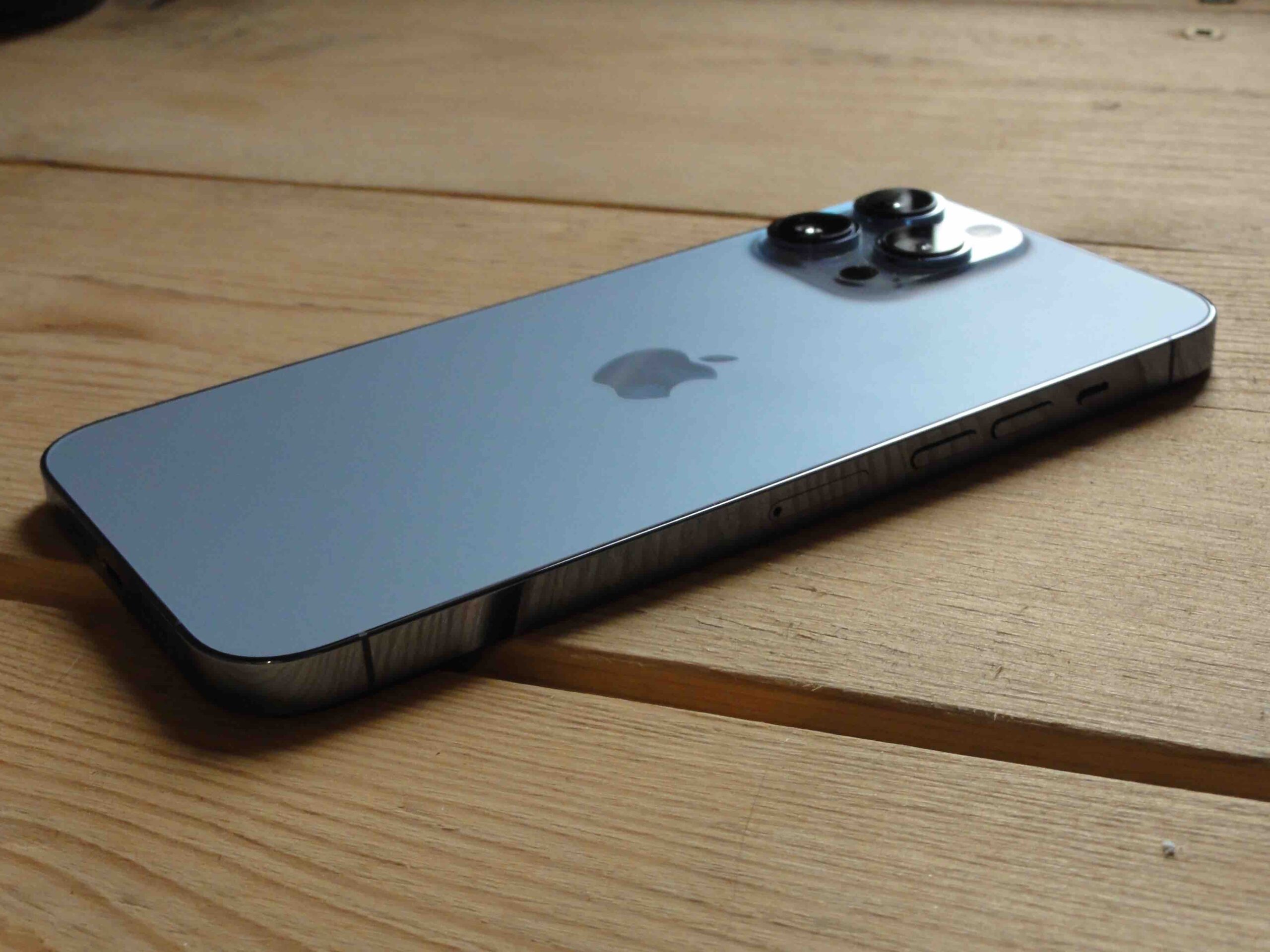
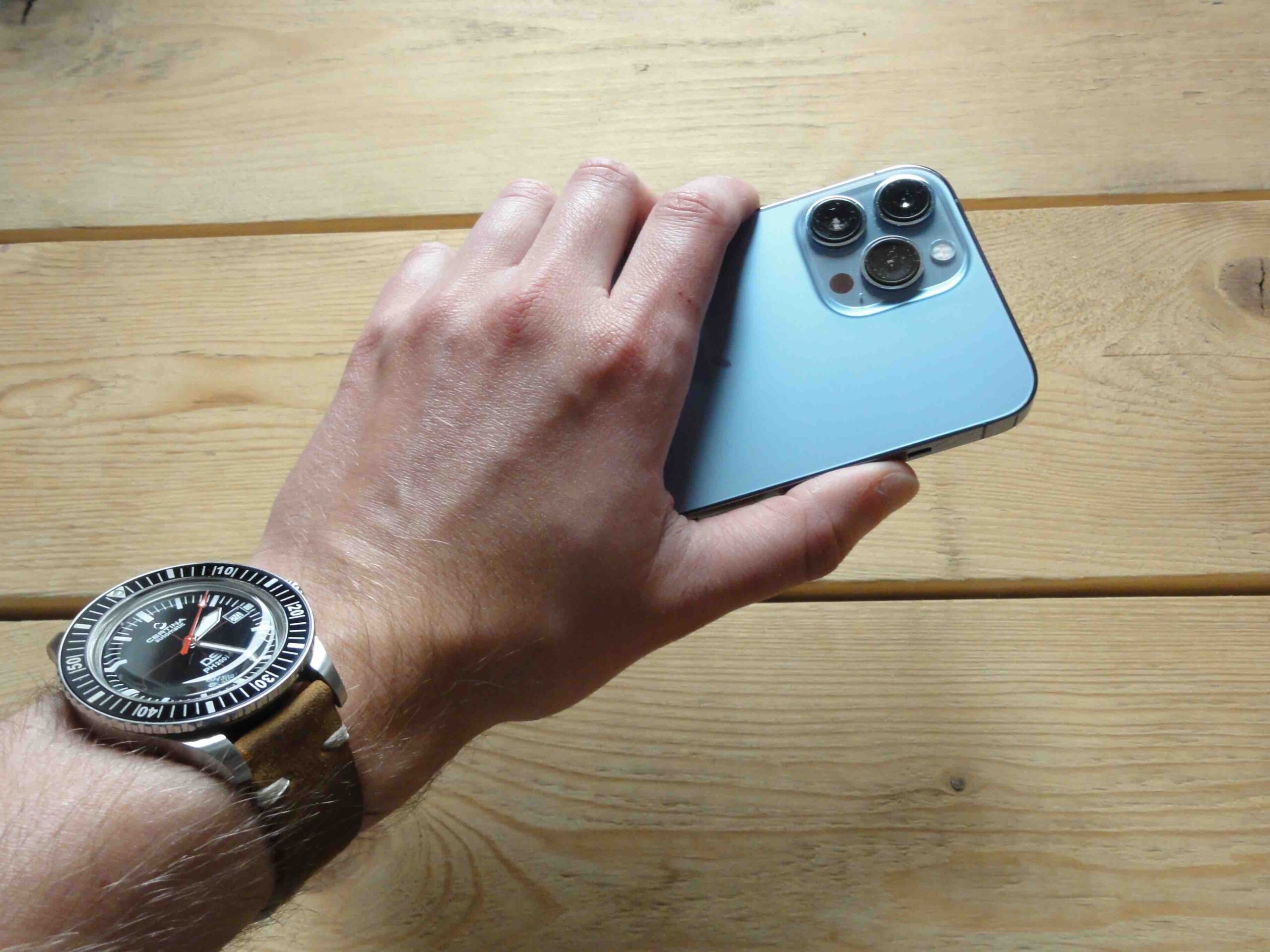
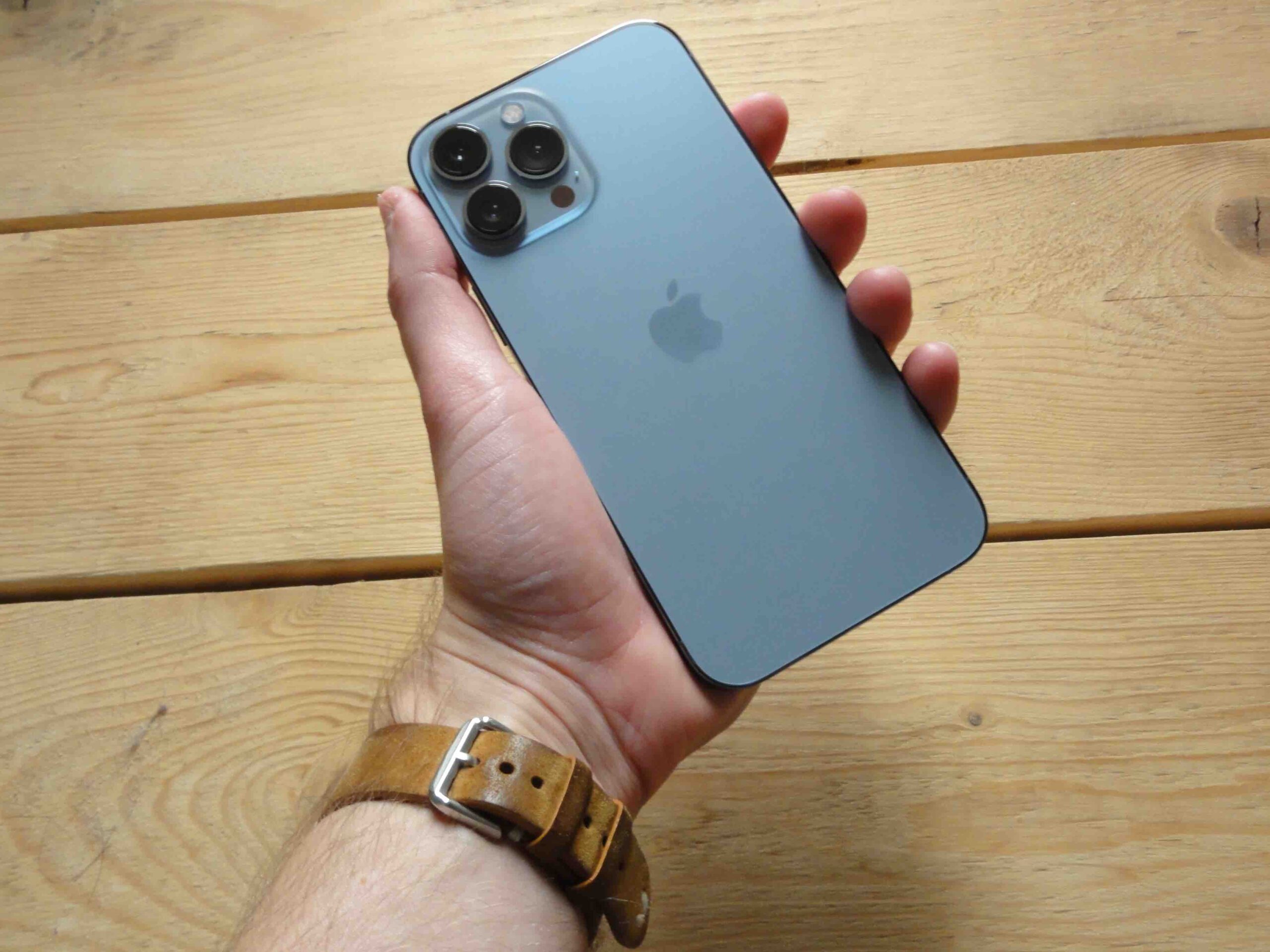
You're not serious, are you? What is this nonsense? ends with DSLR because mirrorless. You're better at shooting video, e.g. viewfinders no longer lag etc. Not because of iphone and mobile photography. That would rather end with compacts. This really has nothing to do with mobile photography! The first to pack out of the major DSLR manufacturers was Sony as a mirrorless pioneer. I owned an A55 myself. At the time, the classicists scolded it, but now no one would go back.
Complete agreement. I got rid of the mirror and have a Fuji (light, compact camera, today with a high-quality photo like a mirror for me). What killed mirrors? The mirror came with a live view and then the mirrorless ones with their weight, high-quality heating, videos and price! Mainstream got everything and could go on vacation... A tech par pro will never save it.
A typical level of LSA aka jablickare and the search for a sensation from Adam Kos, where there is none :)
I originally thought that it was some belated April Fool's Day... but it really is
https://asia.nikkei.com/Business/Business-trends/Nikon-to-stop-making-SLR-cameras-and-focus-on-mirrorless-models
Is this article a joke? I think this is worthy of a fairy tale award of the year as an analysis. What on earth are you talking about Nikon and the iPhone influence? Mirrorless cameras are the new standard and it has nothing to do with the iPhone…
crap, a mobile phone for snapshots, a FullFrame DSLR for photo consultations - and I don't intend to change anything about it
Dslr ends because of mirorrless (and thus because of Sony, which has somewhat slipped in development) and not because of a rotten apple. It would require Mr. Kos to inform himself a little first and then he would certainly not write such nonsense. Mobile phones of any brand today take very nice photos, regardless of whether they have 30 or 100 mpx, the quality of the software for their processing is important to them. And I can say that today anything else is unnecessary for the average user. Until, for example, I want to take pictures of birds of prey in flight, or a portrait with beautiful bokeh...